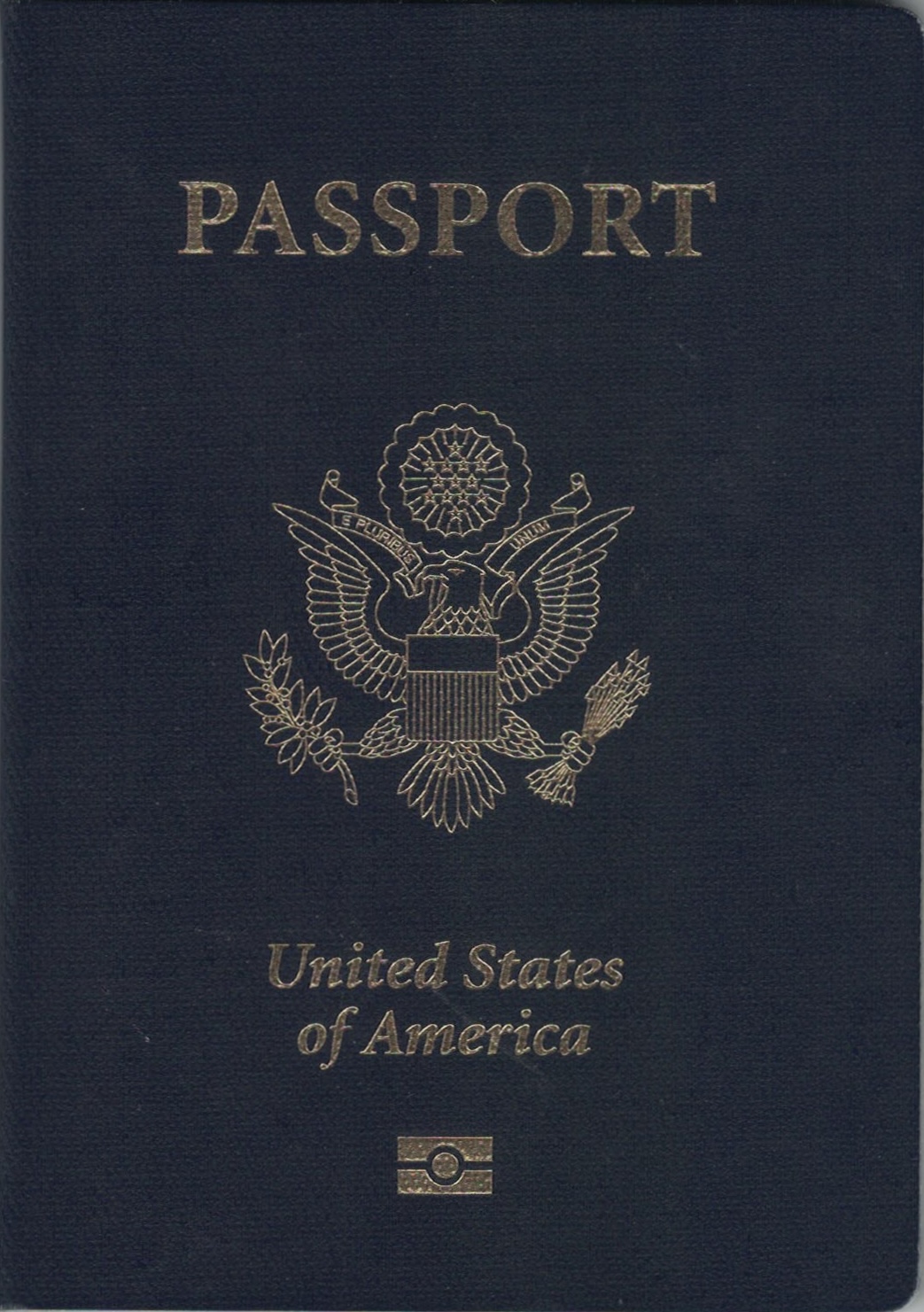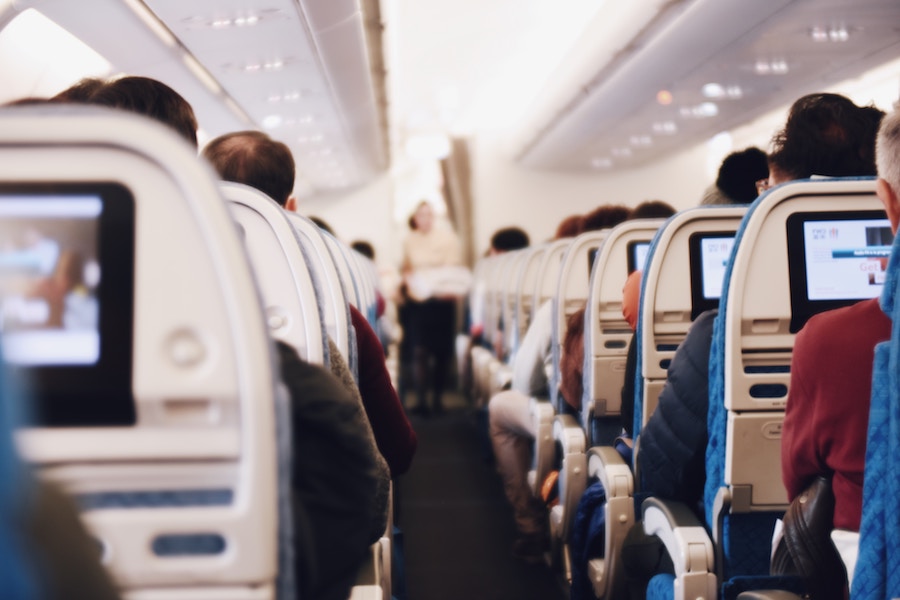If you’re a parent in Kentucky, Maine, Minnesota, Missouri, Montana, Oklahoma, Pennsylvania (sorry, Kristen!), South Carolina or Washington State, a simple family trip to visit the grandparents is about to get trickier. And a lot more expensive. All thanks to the REAL ID Act of 2005, which goes into effect this year.
And it may impact even more states and US territories than that.
If you’re not familiar with the REAL ID Act, just a little background: it’s a fairly controversial measure passed after 9/11, designed to establish federal standards for the issue of state IDs for entrance to federal facilities, and of course that includes airports.
Here’s a little more to help you figure out how it will effect any air travel you may have coming up in 2018 — and any time after that. -Kate, with Liz
Related: 8 surprising airline rules about flying with children that every parent should know
Is the REAL ID Act a good idea?
Well, that depends.
Many groups have suggested the act a slippery slope to a national ID card system including the ACLU. They called it a violation of the 10th amendment of state’s rights which will “facilitate the tracking of data on individuals” by the government and have a “tremendously destructive impact on privacy.”
The DHS calls it a simple national set of standards to help beef up security, as recommended by the 9/11 Commission.
We are getting a vaguely uncomfortable Brexit-y feeling that needing a passport to travel from state to state feels a lot more European Union than United States of America.
But whatever you think of it, it’s happening, and it’s important to know how it impacts you when it comes to travel. Especially if you’ve got kids.
Because there’s nothing worse than getting to the airport, kids and luggage in tow, only to discover you don’t have the ID required to board your flight.
Who does the REAL ID Act impact?
Check out the Real ID state enforcement map from the DHS to see information about your own state.

Essentially, the 24 green states are compliant, meaning your driver’s license is fine for flying.
Two states, Minnesota and Missouri, do not meet the requirements.
As for the yellow states and territories, they are kind of all over the place, which is why you should click over and check the most current status of your own state. If you live in a yellow state, either your state has been given an extension, meaning your state-issued driver’s license is fine for ID. Or they are not on track to meet the requirements in time, which means your state may be added to the list of nine states above.
As for now, in total, residents of 24 states (including Washington, DC) can travel with your state-issued driver’s license, same as before. If you live in any of the other state or territory, double check to see if you’ll need an alternate, federally-issued form of ID, like a passport, military ID or permanent resident card to fly domestically.
For most of us, that means a passport.
And we know how fun those are to get. And expensive.
About those passport fees…

If you’re an adult getting a passport for the first time, expect to pay $110 for the passport book plus a $25 administrative fee. If you’re renewing your passport, same $110 fee.
If you’re making a name change (say you’ve recently gotten married) you can up up to $160 for a new passport.
And if you have to expedite your passport because you’re traveling within 14 days, add even more fees to the process. (Hint: don’t use an expediter since they’re getting cut back by the State Department lately.)
In other words, if you’re from Washington and want to take a short flight to Disneyland with the family, all the adults in your group will need a passport. If yours is expired or you don’t own one, and you’re traveling with two adults, expect to add upwards of $250 to your travel expenses. Oof.
Related: Budget family travel tips: 5 smart do’s and don’ts to save you a ton on your next family vacation
The good news for families about the REAL ID act
This was the biggest question we had, and we searched to get any info we could about it.
It appears to us that because kids under 16 aren’t required to show ID to travel domestically anyway, children won’t be needing passports to fly within the US.
Even so, airlines have some broad discretion about their rules, so you should definitely check with your airline to be sure everything is buttoned up well in advance of your trip. Because we know you have enough to worry about when you travel!
Find more info about the Real ID Act from the FAQ page from the Department of Homeland Security.
Top photo: Suhyeon Choi via Unsplash.




